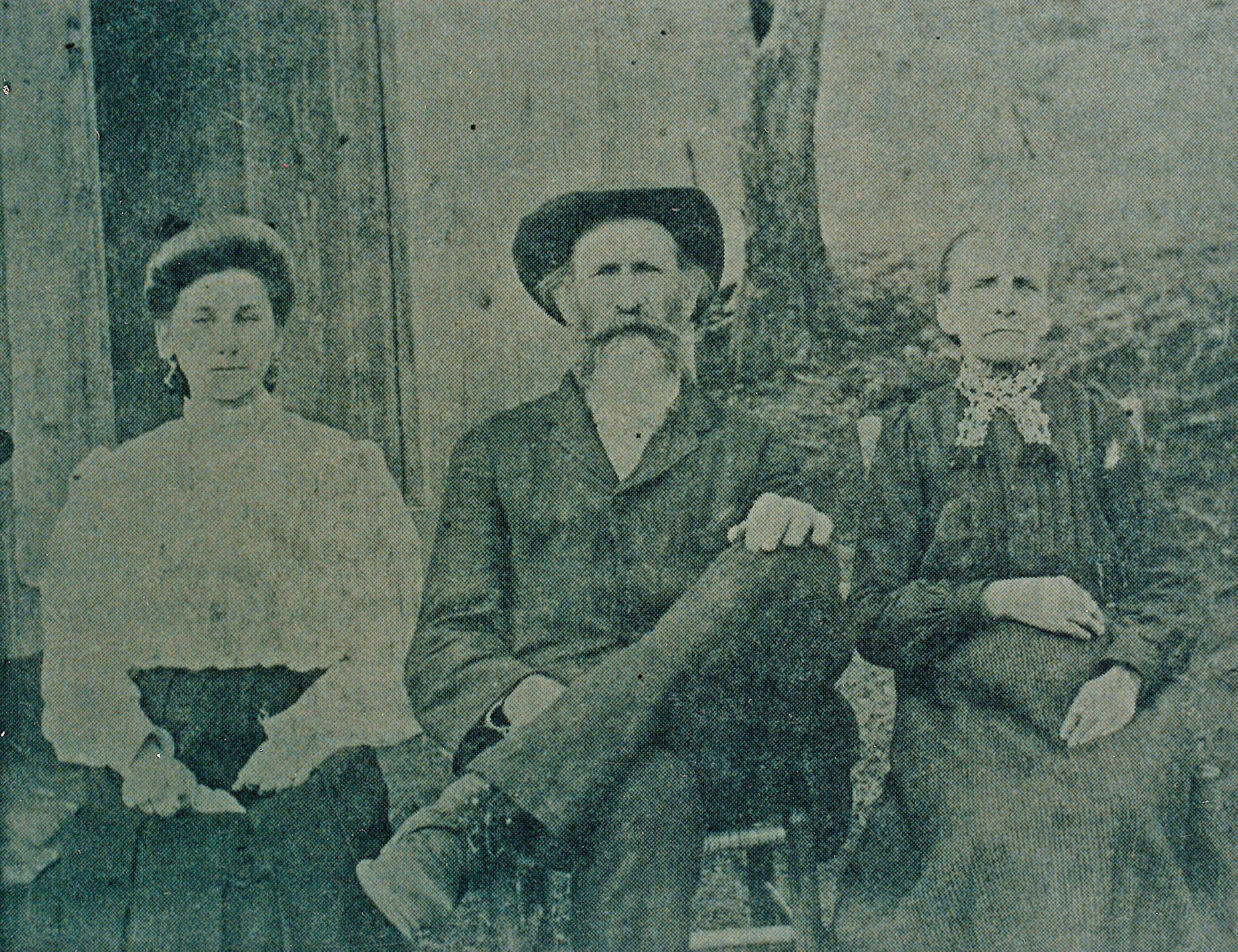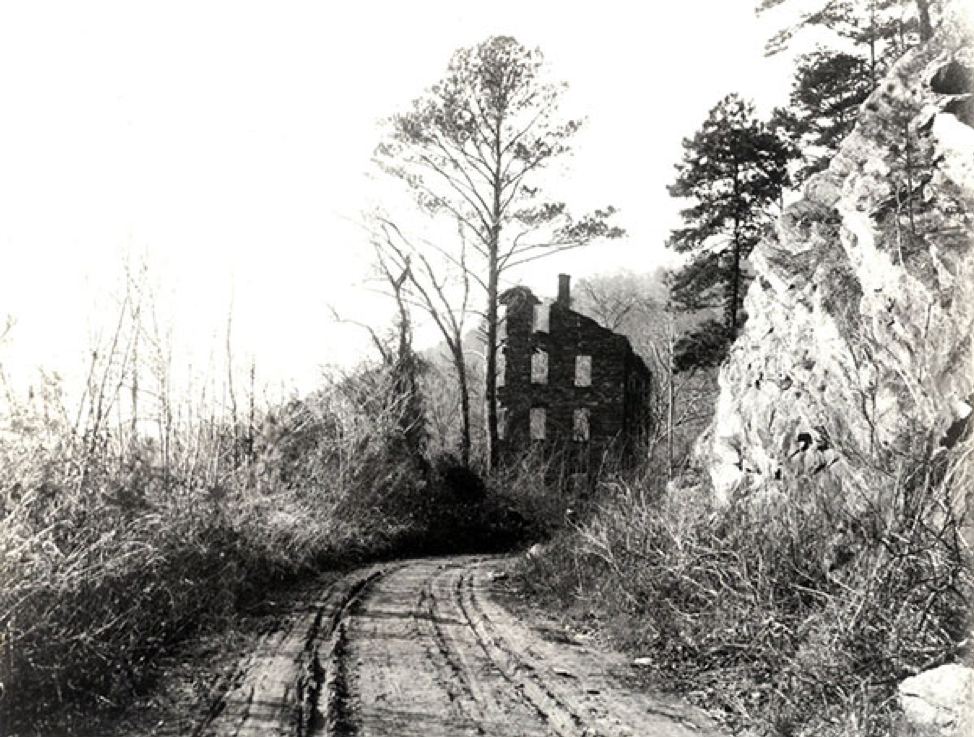
Stories that Must Be Told
Elegies of Lost Things


Lost Mill Towns of North Georgia
Sign Up for the Lost Chapters sent to your inbox The stories of Lost Mill Villages in North Georgia were too big for one book. I deleted several chapters. If you are interested in Georgia…

Ghosts of Glen Holly
Rising from the red clay-stained waters of Lake Allatoona, Glen Holly teases a few times a year. When the water retreats, a home place appears. War, fire, nature and water have finished their work to dismantle…
Writing on Purpose
There are some interesting thoughts on my “old” blog about writing: https://lisamoserrussell.wordpress.com/ Do you want an autographed copy of my book, Lost Towns of North Georgia?[wpecpp name=”Autographed copy, “Lost Towns of North…
Labor Day? What does it mean anymore?
End of summer? Cook-outs? Sales? Politics? Maybe Labor Day is about all of these things but at the same time none of these things. Last week a student asked me the meaning of Labor Day.…
Writing and Feng Shui
“Scattered words and phrases hide your word design; it may be time for a writing makeover. Rewriting eLearning content starts by using your word-processing tools to spot wordiness. With practice, concise writing will become your…
